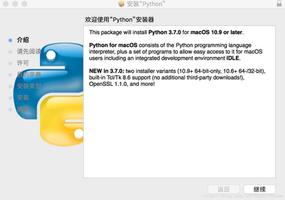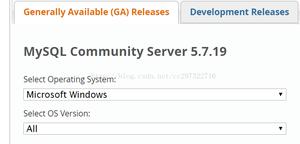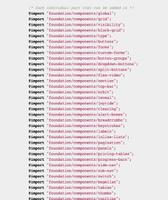下面的代码在Python2中的输出是什么?解释你的答案

def div1(x,y):print "%s/%s = %s" % (x, y, x/y)
def div2(x,y):
print "%s//%s = %s" % (x, y, x//y)
div1(5,2)
div1(5.,2)
div2(5,2)
div2(5.,2.)
div2(5.,2)
div2(5,2.)
另外,在Python3中上面的代码的输出有何不同(假设代码中的print语句都转化成了Python3中的语法结构)
在Python2中,代码的输出是:
5/2 = 25.0/2 = 2.5
5//2 = 2
5.0//2.0 = 2.0
5.0//2 = 2.0
5//2.0 = 2.0
[Program finished]
默认情况下,如果两个操作数都是整数,Python2默认执行整数运算。所以,5/2 结果是2,而5./2结果是2.5
注意你可以通过下面的import语句来覆盖Python2中的这一行为
from __future__ import division
还要注意“双斜杠”(//)操作符将会一直执行整除,忽略操作数的类型。这就是为什么5.0//2.0即使在Python2中结果也是2.0
但是在Python3并没有这一行为。两个操作数都是整数时,也不执行整数运算。在Python3中,
def div1(x,y):print("{}/{}= {}".format(x, y, x/y))
def div2(x,y):
print("{}//{} = {}".format(x, y, x//y))
div1(5,2)
div1(5.,2)
div2(5,2)
div2(5.,2.)
输出如下:
5/2= 2.55.0/2= 2.5
5//2 = 2
5.0//2.0 = 2.0
[Program finished]
以上是 下面的代码在Python2中的输出是什么?解释你的答案 的全部内容, 来源链接: utcz.com/z/387071.html






